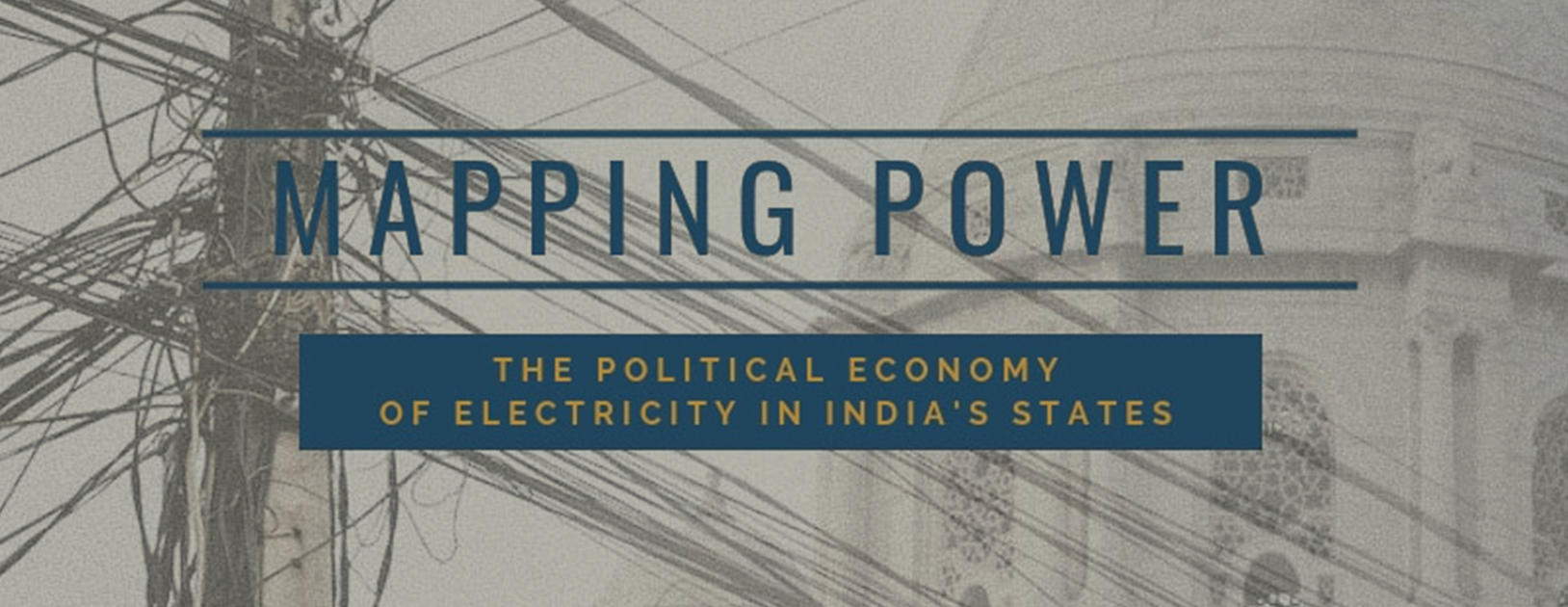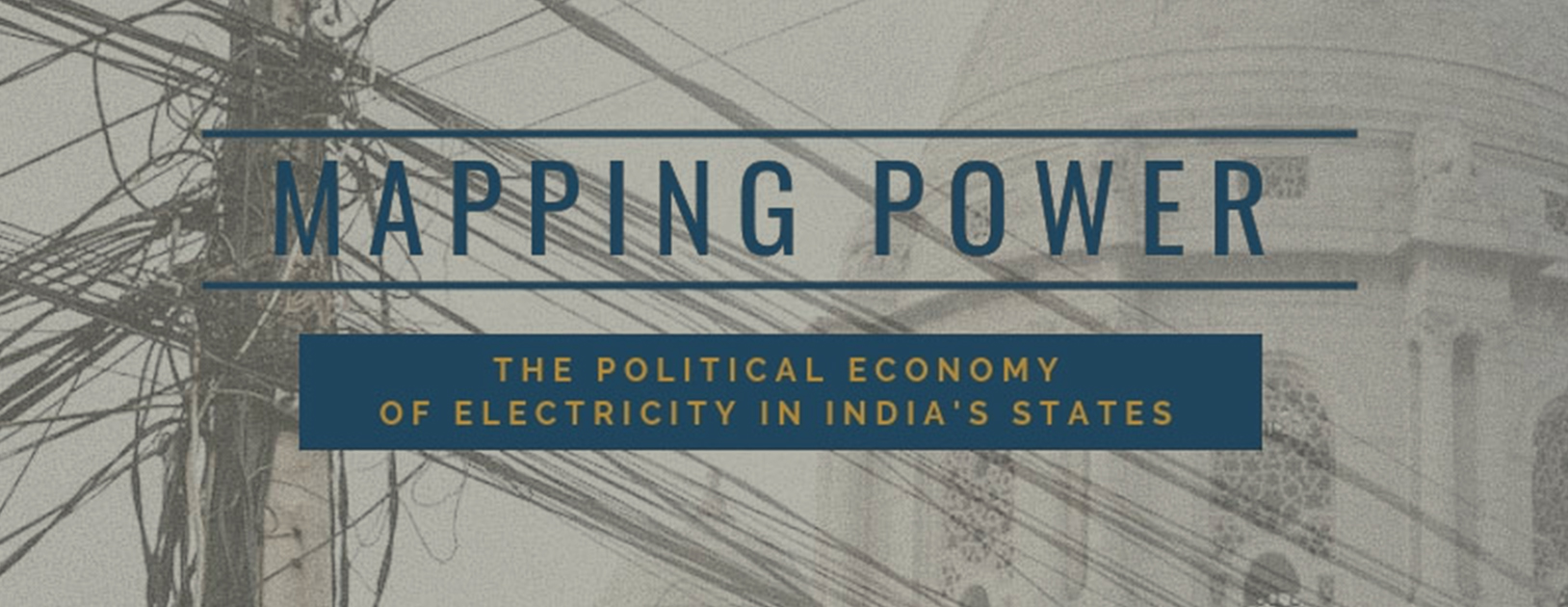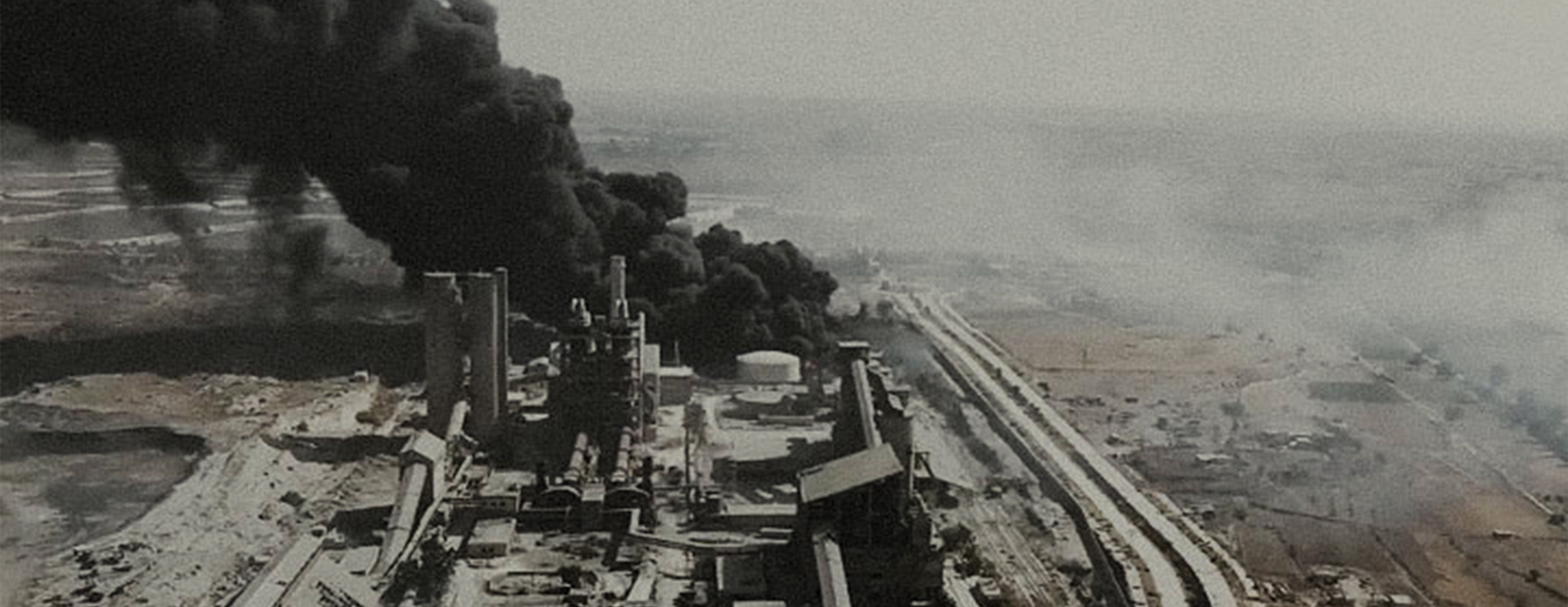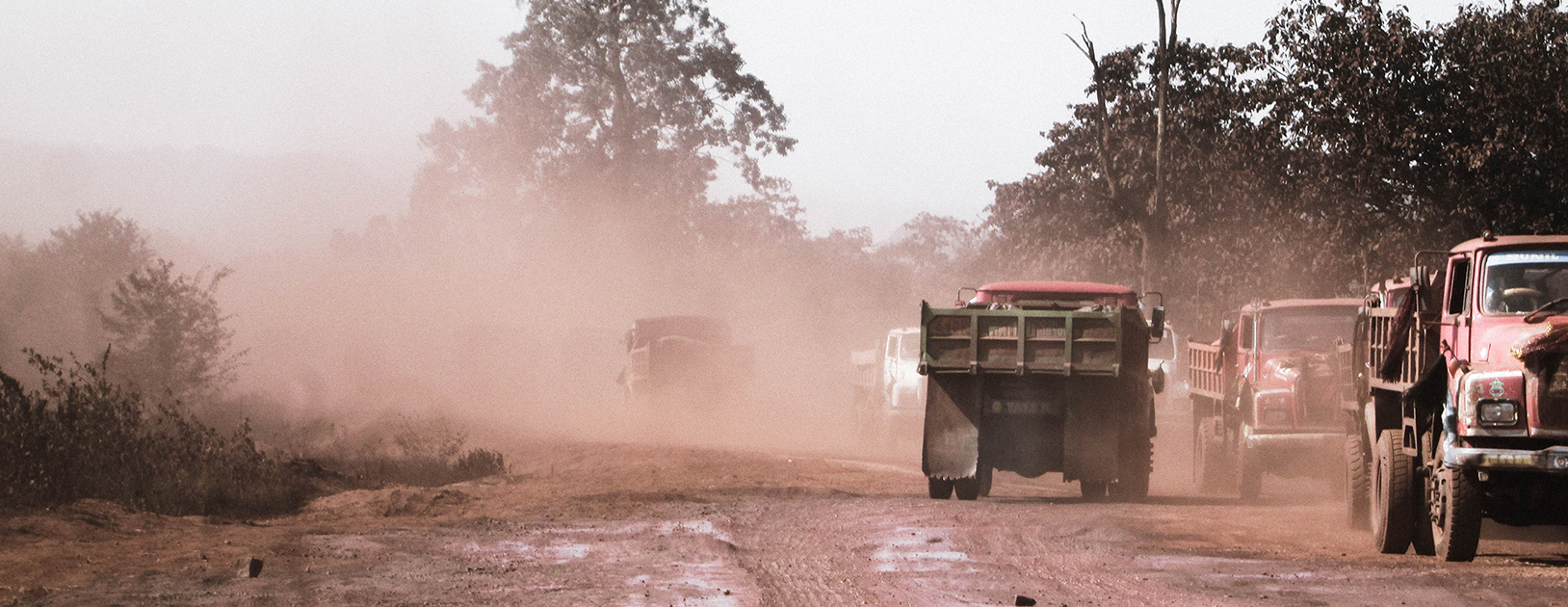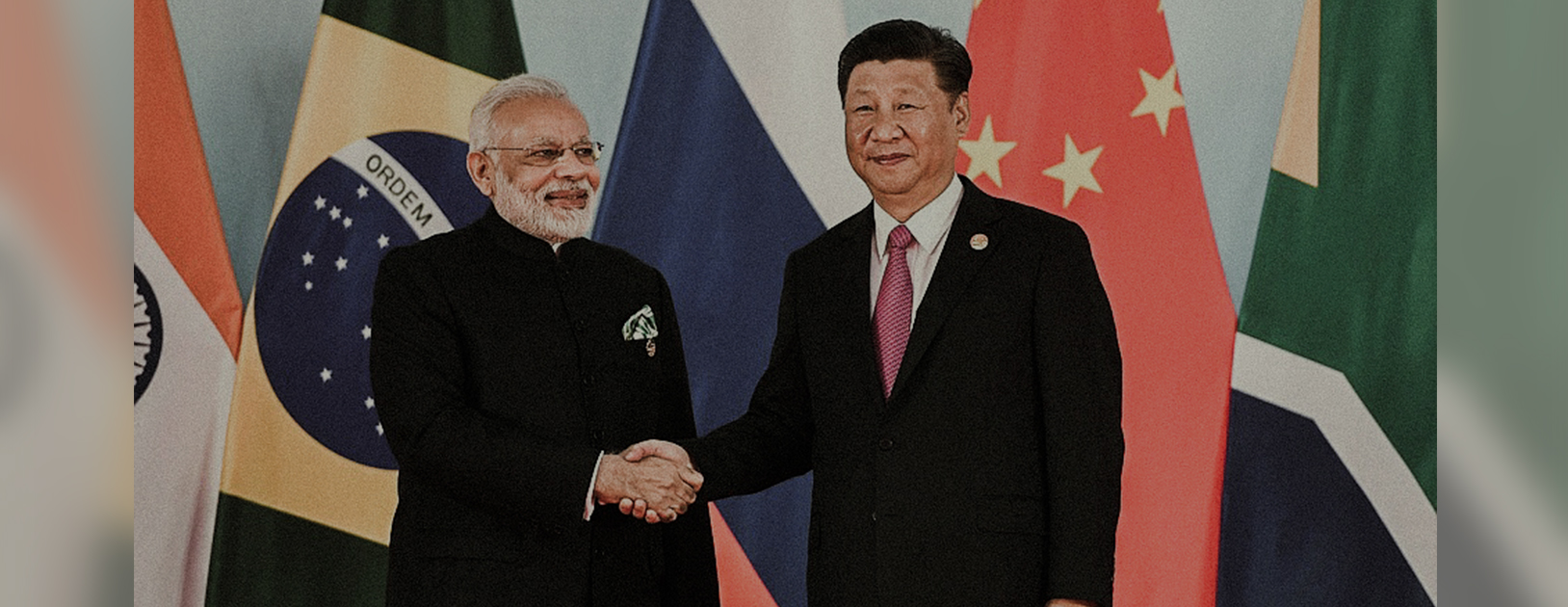By Zorawar Daulet Singh
The importance of India-China relations in India’s overall foreign policy cannot be overstated. Not only is China’s rise changing Asia’s geopolitical landscape and the global balance of power, its involvement in South Asia in recent years has augmented its position from being India’s largest neighbour to an engaged great power across the subcontinent. Unlike in the Cold War era, when a backward China had been confined to a limited role in South Asia’s security and economy, four decades of reform and opening up to the world have equipped the country with the financial wealth, industrial strength and military capacities to pursue, should it choose to do so, an ambitious role in South Asia.
Thus, India’s China policy choices are profoundly consequential for the Indian government. It entails opportunities as well as risks with implications across a gamut of issues such as India’s global status and effectiveness in international institutions, geopolitical security and economic transformation. The persistence of an unresolved border dispute in this context only reinforces the importance of crafting a sensible and effective China policy. As India’s foreign secretary told members of the Lok Sabha in February 2018, ‘We cannot see the relationship with China the way we perhaps saw it thirty years ago, or even 15 years ago … both countries share the belief that this relationship is slated to become one of the defining relationships of this century, certainly in our region…’1 One of the areas that India’s China policy needs to focus on is the neighbourhood because it is the arena where India-China competition and mistrust have tended to be most acute in recent years. If not managed sensibly, it could undermine India’s interests and regional position, along with unravelling the prospects for cooperation on other important fronts.
The Policy Challenge
For the past decade, India and China have been working according to rival geopolitical visions. Although China has been a direct neighbour of South Asia and India since 1950, it is only in the past decade that Chinese policymakers have reformulated their regional policy to pursue more sustained political and economic relationships with several states in the subcontinent and the Indian Ocean littoral. Following Xi Jinping’s foreign policy guidelines of 2013 and 2014, China has adopted a policy aimed at enhancing the development options of its neighbours as well as promoting new lines of communication or corridors with its southwestern periphery. Much of this impetus has been provided by the Belt & Road Initiative (BRI) – a grand connectivity plan that envisions a network of states economically linked to China through a variety of commercial-financial relationships and industrial projects. South Asia is one of five regions or subregions identified as areas to expand China’s geoeconomic footprint.
Since the 1990s, India too has contemplated ways to reconnect with its South Asian neighbours and inculcate a spirit of integration and interdependence in the subcontinent. While this process has found bipartisan political appeal, the ideas, resources and institutions to advance meaningful regional integration remain at a fragmentary level. Nothing underscores the meagre level of interdependence than the following stark statistics: merely 5% of South Asian trade is intra-regional; intra-regional investments constitute less than 1% of total investment in the subcontinent.
Although India and China are today seen as regional competitors, neither power has succeeded in implementing its vision fully. Arguably, the main reason has been the inability of both countries to situate their rival visions in a region-wide approach. India has not fully come to terms with the utter lack of intra-regional trading and infrastructure networks; nor has New Delhi been able to allocate adequate resources and capacities or adapt or renew institutions to match its aspirational rhetoric. Despite possessing far greater economic strength, and considering the scale and ambition of the BRI, China too has been unable to make a meaningful regional impact. Recent experience has proven that circumventing India – given its geopolitical centrality and market size – is not a viable path for any sustainable connectivity plan for the subcontinent.
Yet, unbridled competition poses grave risks for a fragmented subcontinent in the coming decades, a future that would undermine Indian interests far more than Chinese. Transforming South Asia must, therefore, be predicated on tapping India’s unique advantages: the size of its domestic market, which makes any geoeconomic plan’s success dependent on India’s participation and involvement, and the overt and subtle geopolitical influence the country continues to wield across the neighbourhood; it must also leverage China’s financial and industrial capabilities to construct infrastructure and connectivity capacities in the neighbourhood.
In short, both countries have strengths that are not being fully leveraged to advance an open subregional geoeconomic order. What has been missing from the policy discourse is an attempt to explore alternative futures and more constructive frameworks; there have been no attempts to visualize the changing regional setting in ways that would still secure vital Indian interests, advance stability and deepen regional economic development, while also enabling China to pursue its engagement with South Asia.
Intersection of Indian and Chinese Interests
The first step in such an exercise would be to undertake a brief assessment of how Indian and Chinese interests interact in the region. What can we observe about China’s involvement in South Asia? China usually works with whatever regime is in power and avoids interfering in domestic political battles. Beijing’s main priority is protecting its economic investments. In some cases where China has deeper geostrategic interests, particularly in Pakistan and Myanmar, it has cushioned adverse reaction from the US towards these states. Hence, in limited ways, China is already a security provider – certainly at the political and diplomatic levels. And this factor shapes how many neighbourhood regimes now perceive China: as potential insurance against possible Western pressure and as a hedge against uncertainty about Indian positions in times of domestic crises in these states. There is little doubt that China’s engagement has improved the bargaining position of India’s neighbours vis-à-vis India and other major external powers.
India and China’s regional policies suggest that there are both overlapping features as well as geopolitical faultlines at play. Both neighbours have a common interest in (i) managing non-traditional threats such as terrorism, extremism, separatism and distress migration that impact regime stability of smaller South Asian states; (ii) promoting secular and stable regimes; (iii) promoting open sea lanes and ensuring the security of their maritime trade routes; and (iv) geoeconomically connecting South Asia with East Asia.
At the same time, there are some key differences in India and China’s regional approaches. First, China appears to be more interested in inter-regional interdependence and connectivity, while India is mainly interested in subregional integration. Put another way, China seeks to connect South Asia with China; while India seeks to bring South Asia closer from within as well as more connected with Eurasia and South East Asia. Second, there is a large measure of uncertainty about the geopolitical implications of the BRI in South Asia. India’s main concern is that deeper connectivity between India’s neighbours and China will reorient the foreign policies of South Asian states in ways that could eventually undermine Indian interests and challenge its claims to regional authority. More broadly, China’s engagement in South Asia might also adversely influence domestic politics in the subcontinent and strengthen anti-India political forces; the latter could spill over onto the domestic politics in India’s states, thereby impacting periphery security and social stability. Third, a major faultline would be the militarizing of China’s regional connectivity projects. Such a hypothetical scenario would pose military security challenges to India as well as place China in a position to act as a direct security provider in the subcontinent, an outcome that would have profound consequences for the geopolitics in the region.
Policy Recommendations
One of the key geopolitical challenges for Asia over the next decade is whether and how a rising India and a rising China can learn to be sensitive to each other’s core interests while pursuing engagement with each other’s neighbours. In the April 2018 ‘informal summit’ in Wuhan, both political leaderships had sought to arrest the escalating tension and competition in the relationship. While their differences and disputes remain unresolved, both sides have come to recognize the costs and disadvantages of a semi-hostile and contentious relationship. In particular, building trust and ‘strategic communication’ in the neighbourhood have now been recognized by both leaderships as shared policy goals.
1. Capacity building and assisting weak states: Although India and China have a common interest in regime stability, both sides have yet to explore structured cooperation on this front. One form such cooperation could assume is joint assistance of weak states through coordinated capacity enhancing projects and training programmes. Indeed, the April 2018 talks have laid a framework for ‘India-China plus one’, that is, India-China cooperation in third countries in the region.2 In October 2018, India and China launched a programme to train Afghan diplomats as an initial step in a long-term effort for trilateral cooperation (India-China-Afghanistan).3 This confidence-building measure, albeit modest, has opened a window for precisely the type of coordination between two regional powers that has often been ambivalent of their shared interests. Such third-party cooperation should be extended to other states confronting domestic challenges; for example, the two nations could together support Bangladesh’s secular forces in their struggle against extremism or assist Myanmar in responsibly managing domestic order.
2. Coordinating geoeconomic plans: Lacking in finance capital and industrial resources, India cannot undertake the sole burden of lifting South Asia from underdevelopment and low interdependence, especially given the growing domestic claims within the country itself. If Indian requirements in the subcontinent are to advance connectivity (both within and between South Asian states) and deepen the developmental process, China’s engagement can be nudged or leveraged in directions that also advance India’s long-term interests. Building constructive regional partnerships are unavoidable and China is one of the key players that need to be engaged more strategically by India.
Can China’s infrastructure projects increase South Asia’s internal connectivity and economic interdependence? Much of the viability of logistical networks and energy projects is linked with India’s economy and access to its large market. For example, hydropower projects developed by China with India as the main eventual market could be a form of trilateral cooperation. Another instance is China’s construction of a new terminal at the Chittagong port in Bangladesh, which complemented India-Bangladesh coastal shipping cooperation.4 Similarly, projects like the BCIM (Bangladesh-China-India-Myanmar) corridor could reconcile India’s vision to deepen connectivity with its smaller neighbours with China’s vision to connect its southwestern provinces with South Asia.
More broadly, India-China geoeconomic coordination and cooperation, including through joint bilateral and multilateral projects, is necessary to avoid duplicating large infrastructure projects that could otherwise burden the region with excess supply-side capacities and fiscal burdens. India’s official position on the BRI (beyond the China-Pakistan Economic Corridor that contradicts India’s sovereignty over Jammu and Kashmir) is based on legitimate questions around sustainability, viability, transparency and industrial benefits to the local communities of some of China’s economic projects. India-China coordination in third countries could help in addressing these issues by giving India a say in the choice and design of projects, along with making China’s economic involvement more in sync with the subregional political economy as well as with established international norms. The second BRI forum held in Beijing in April 2019 indicates Chinese leaders might be responding to the critique from India and other countries. The communiqué called for ‘extensive consultation’; ‘green’, ‘people-centred and sustainable development’; and ‘high-quality, sustainable infrastructure’ that is ‘inclusive and broadly beneficial’.5 But for India to explore whether the BRI’s adaptation does genuinely augur a consultative and sustainable geoeconomic approach by China in the subcontinent, its own position on the initiative needs to evolve such that its legitimate sovereignty concerns do not constrain the formulation of a more sophisticated policy.
3. Maritime cooperation: In recent years, India has recognized China’s ‘Malacca dilemma’ – a reference to the long and insecure lines of communication through the northern Indian Ocean that China relies upon for much of its international trade – and its corresponding interest in improving the security of its Indian Ocean trade routes. China, for its part, too needs to reassure India on its port projects and the military aspects of its regional involvement, particularly in the South Asian littoral. Even as they recognize some of China’s maritime security concerns, Indian policymakers must be prepared to counteract any attempts at militarization or conversion of Chinese infrastructure investments in South Asia into forward-basing facilities for the Chinese military. A failure to do so might impel other great powers to respond to China with their own military bases on the subcontinent’s maritime periphery, a process that would pose adverse consequences for regional geopolitics and also erode India’s influence in the neighbourhood.
Competitive Coexistence in a Common Neighbourhood
India and China’s policies are beginning to resemble each other. Just as Beijing’s engagement with India’s neighbours increases the status and bargaining position of these smaller states vis-à-vis India, New Delhi too engages with many South East Asian states who seek to hedge their dependence on China by developing more economic and geopolitical options. Yet, neither side is under any delusion that India’s neighbours can be rallied against India or that India can rally South East Asian states to balance Chinese power. The balance of power simply would not allow such a thing in practice. The defence budget of the entire South East Asian region is about $45 billion. China’s is four times that figure and with far more modernized and balanced capabilities. Similarly, the asymmetry between India and its neighbours is even higher. In South Asia – with the exception of Pakistan – none of the other states are in any position to present a threat or challenge to India, even with outside assistance. This proposition is likely to be even truer over the course of the next five years.
If we look at the official rhetoric from the region, what stands out is a similar discourse being espoused by most of the smaller South Asian states. Nearly all of India’s neighbours have expressed a preference for (i) non-alignment or strategic autonomy as a guiding principle in their foreign relations; (ii) multi-directional economic engagement with India, China, the US, Japan and other powers; and (iii) sensitivity towards India including publicly disavowing any move towards offering military facilities or bases to external powers and thus reassuring India on its vital interests. As one recent study observed, smaller South Asian countries ‘largely still see India as the dominant power in South Asia, suggesting that Chinese economic activity, while welcome, will not necessarily translate into major military or strategic gains’.6 Another discernible trend is that neither India nor China seems to be pressuring or cajoling smaller South Asian states to make hard choices, or persuading these states to adopt postures and policies that run contrary to the main interests of its regional competitor.
In short, we do not see a Cold War-style competition, which suggests some sort of a tacit acceptance of competitive coexistence in their overlapping peripheries. So while India and China are competing they are doing so within a framework of self-restraint. This could gradually pave the way for a conception of a regional order with informal norms on the ‘rules of the game’ in the subcontinent. Other things being equal, internally resilient and economically vibrant neighbours are likely to be in both India and China’s interests. If stability in their overlapping peripheries is a common interest, it should pave the way for more sustained bilateral conversations to mitigate some of the uncertainty-induced competition and mistrust; these could also seek to proactively exploit the untapped overlapping interests likely to be emanating from China’s growing involvement in South Asia.
Far-sighted and pragmatic voices in the West are advocating for ‘stable competition’ or ‘responsible competition’ with a rising China to avoid precipitating a second and costly Cold War. Indian policymakers must take the long view and pursue an approach of peaceful competition in the neighbourhood. India and China need to engage in a strategic conversation on the subcontinent and its various parts towards coordinating some of their regional connectivity visions and policies. The failure to pursue such a dialogue, and to arrive an understanding on an agreed framework for Indian and Chinese policies, would constitute a recipe for regional instability and a costly zero-sum rivalry that neither country can afford in a rapidly changing international environment.
Other pieces as part of CPR’s policy document, ‘Policy Challenges – 2019-2024’ can be accessed below:
1 Ministry of External Affairs, ‘Sino-India relations including Doklam, border situation and cooperation in international organizations’, Sixteenth Lok Sabha, 4 September 2018, 2-3.
2 After the Wuhan meetings, Chinese Vice Foreign Minister Kong Xuanyou had briefed the media on such trilateral cooperation: ‘The two sides will enhance policy coordination in their neighbourhood to discuss cooperation in the form of China India plus one or China India plus X.’ ‘Modi-Xi summit: India, China to step up policy coordination’, PTI, 29 April 2018.
3 ‘India, China launch joint training for Afghanistan, plan more projects’, Reuters,15 October 2018. https://www.reuters.com/article/us-india-china-afghanistan/india-china-l….
4 Nilanthi Samaranayake, ‘China’s Engagement with Smaller South Asian Countries’, Special Report No. 446, April (Washington, DC: United States Institute of Peace, 2019), 13.
5 Joint Communique of the Leaders’ Roundtable of the 2nd Belt and Road Forum for International Cooperation, 27 April 2019. https://eng.yidaiyilu.gov.cn/qwyw/rdxw/88230.htm.
6 Samaranayake, ‘China’s Engagement with Smaller South Asian Countries’, 3-4.
